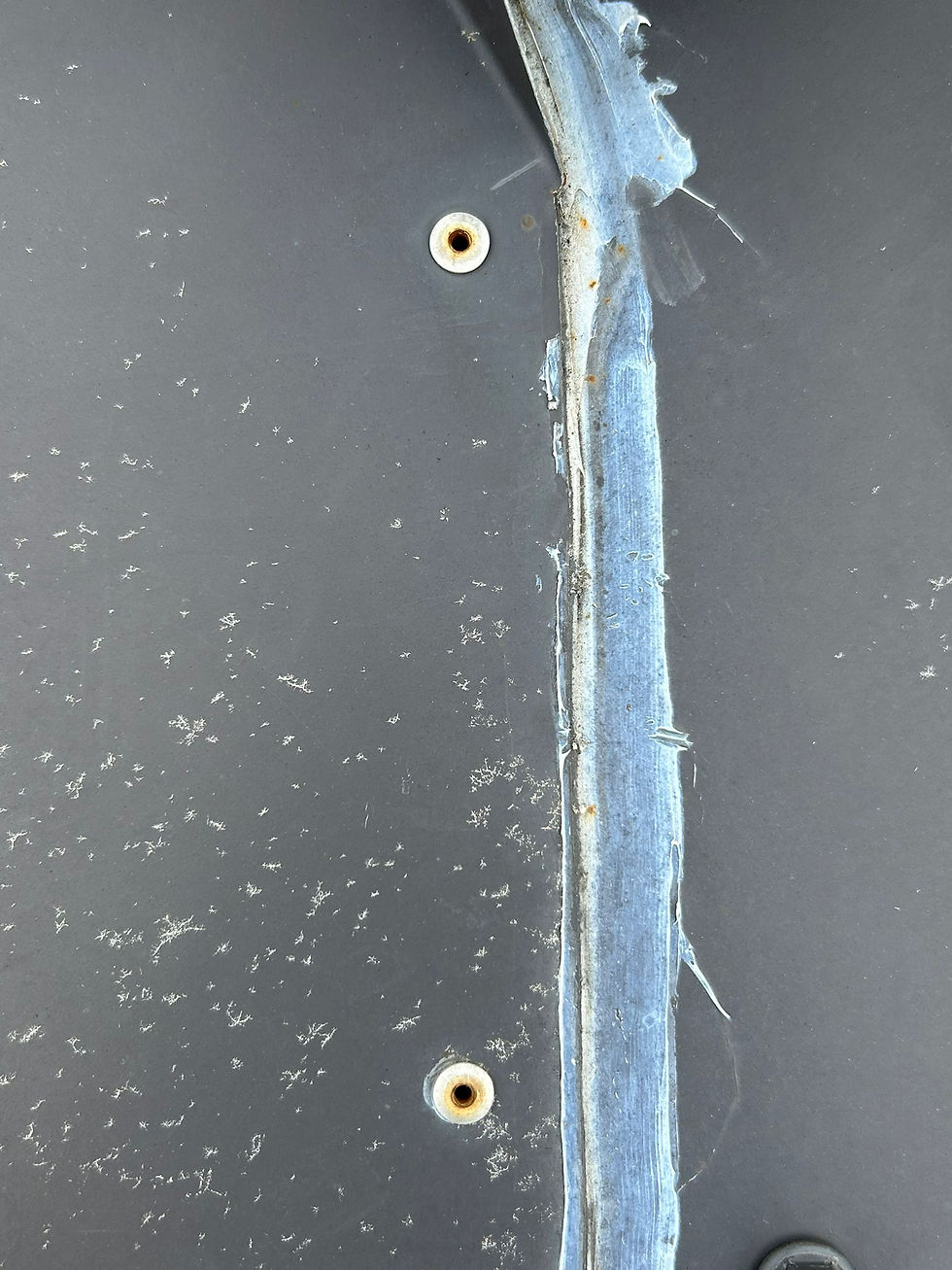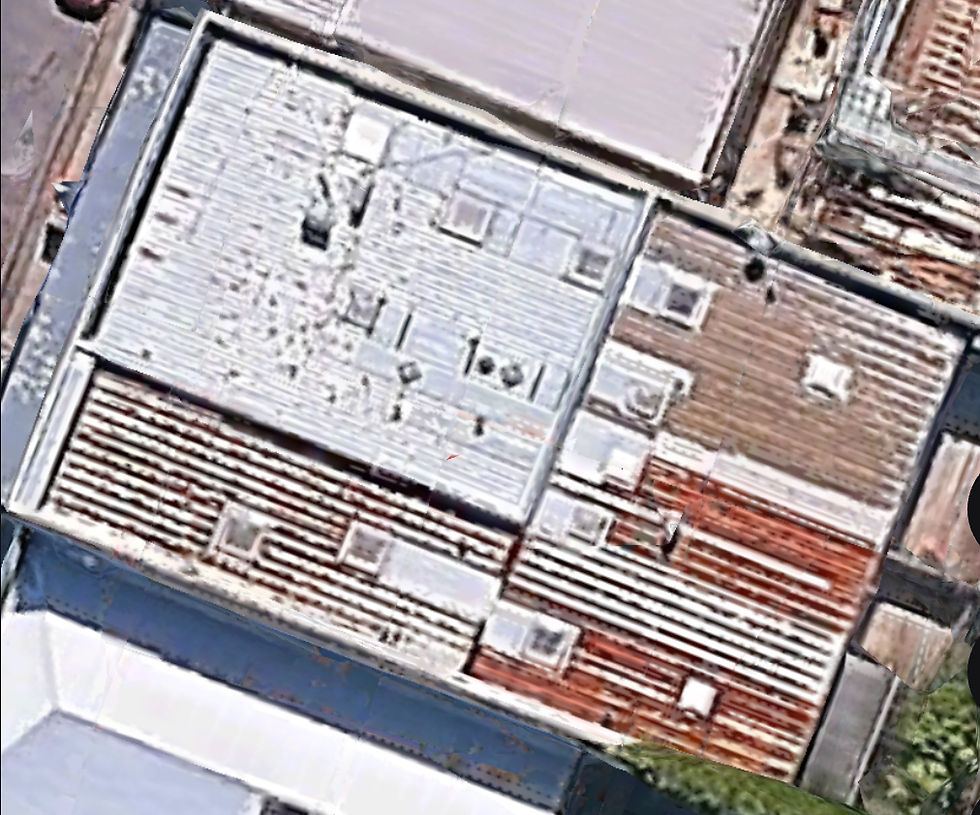
Why Blind Rivets Leak and How to Fix Them Auckland Skylights | Roof Maintenance & Leak Repair
- ajraea
- Oct 1
- 3 min read
Common Roof Problem: Leaking Blind Rivets
Today we were on another roof for a body corporate customer in Auckland and came across a typical problem blind rivets leaking.
If your roof or skylight is starting to drip during heavy rain, blind rivets may be the cause. These small fasteners are used widely across metal roofing, flashings, and skylights, but standard types aren’t designed to be completely watertight.
At Auckland Skylights, we often find leaks caused by rivets that were installed without sealant, are the wrong size, or have started to corrode over time. The good news is this is a common and easily fixable issue.

Why Blind Rivets Leak
1. Incomplete Seal
Standard pop rivets don’t form a watertight seal because the mandrel pops out during installation, leaving a small hole where water can enter.
2. Incorrect Hole Size
If the drilled hole is too large, the rivet won’t deform evenly and can’t seal properly, allowing moisture to seep through.
3. Corrosion
Corrosion between the rivet and roofing material (especially when different metals are used) breaks the seal over time. We often see this on older metal roofs or where stainless rivets have been used on aluminium sheets.
4. Vibration & Movement
Roofs and skylights expand and contract with heat and wind. Over time, this movement loosens rivets and opens up tiny gaps that cause leaks.
5. Material Incompatibility
Using different metals together for example, stainless rivets in aluminium or zinc roofing can create galvanic corrosion, weakening the rivet and its seal.

How to Fix a Leaking Blind Rivet
Step 1: Identify the Leak
Look for small water trails, rust marks, or damp spots. Around skylights and flashings, leaks often appear as fine drips or water stains on the ceiling or framing.
Step 2: Re-Buck the Rivet (if accessible)
If you can reach it safely, place a backing block behind the rivet and lightly tap the mandrel with a hammer to tighten the seal. This can help reshape the rivet and fill small gaps.
Step 3: Drill Out and Replace
If the rivet is loose or corroded, carefully drill it out and install a new watertight or “cap” rivet. These have a closed end that prevents water entry, ideal for roofing applications.
Step 4: Apply Sealant or Epoxy
Before installing the new rivet, apply a roof-grade waterproof sealant (such as Sika, G-Flex epoxy, or Marine Goop). Once fitted, cover the rivet head with another thin layer to ensure a complete waterproof finish.
Preventing Future Leaks
Always use sealed or watertight rivets on metal roofs and skylights.
Avoid mixing metals ,match the rivet material to the roof sheeting.
Apply sealant under and over each rivet head for maximum protection.
Have your roof checked annually to spot early signs of corrosion or loose rivets.
A few minutes spent sealing rivets properly can save thousands of dollars in water damage repairs later.
Professional Roof Maintenance with Auckland Skylights
If your roof, flashing, or skylight is leaking even slightly it’s worth getting it checked. Small leaks around rivets or screws often lead to bigger problems like ceiling damage, mould, or rusted framing.
At Auckland Skylights, we specialise in:
Roof and skylight leak detection
Resealing rivets and flashings
Replacing skylights and roof panels
Preventive maintenance and inspections
09 440 9820


